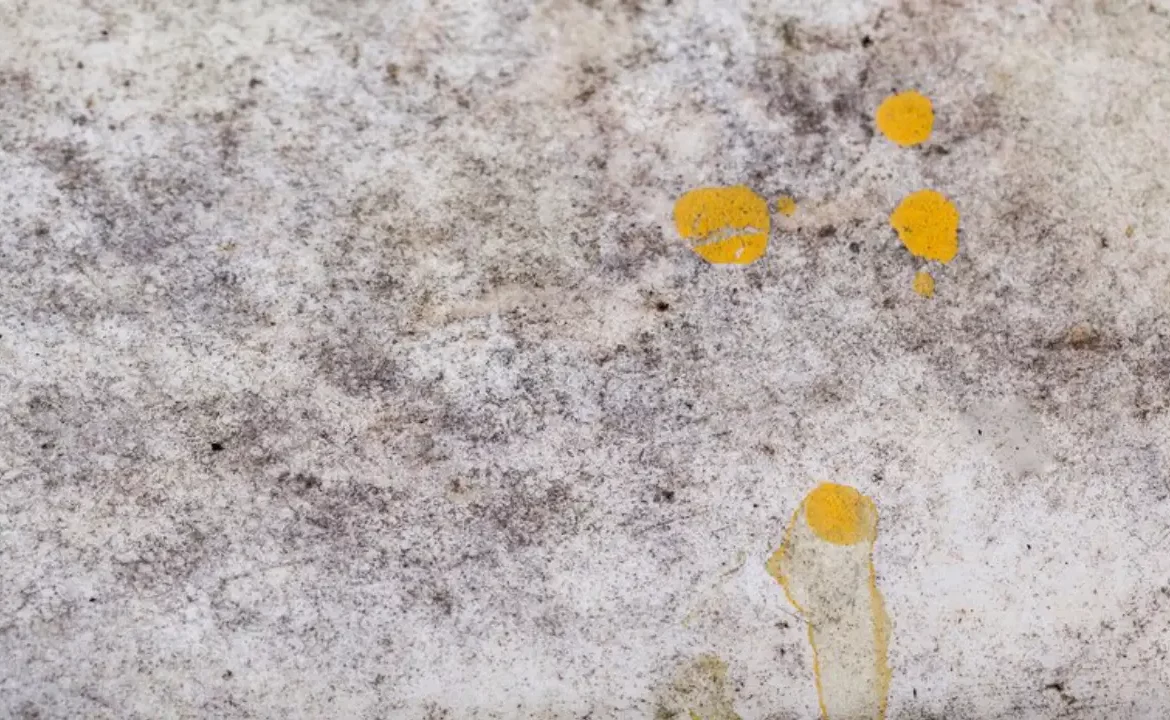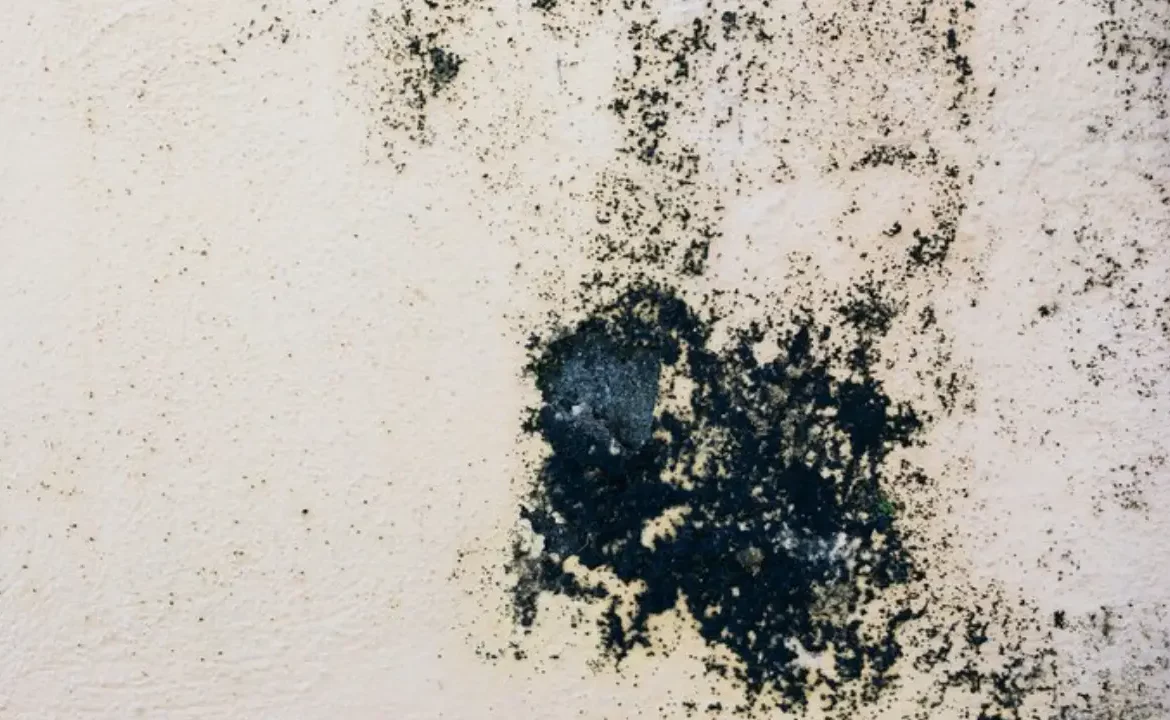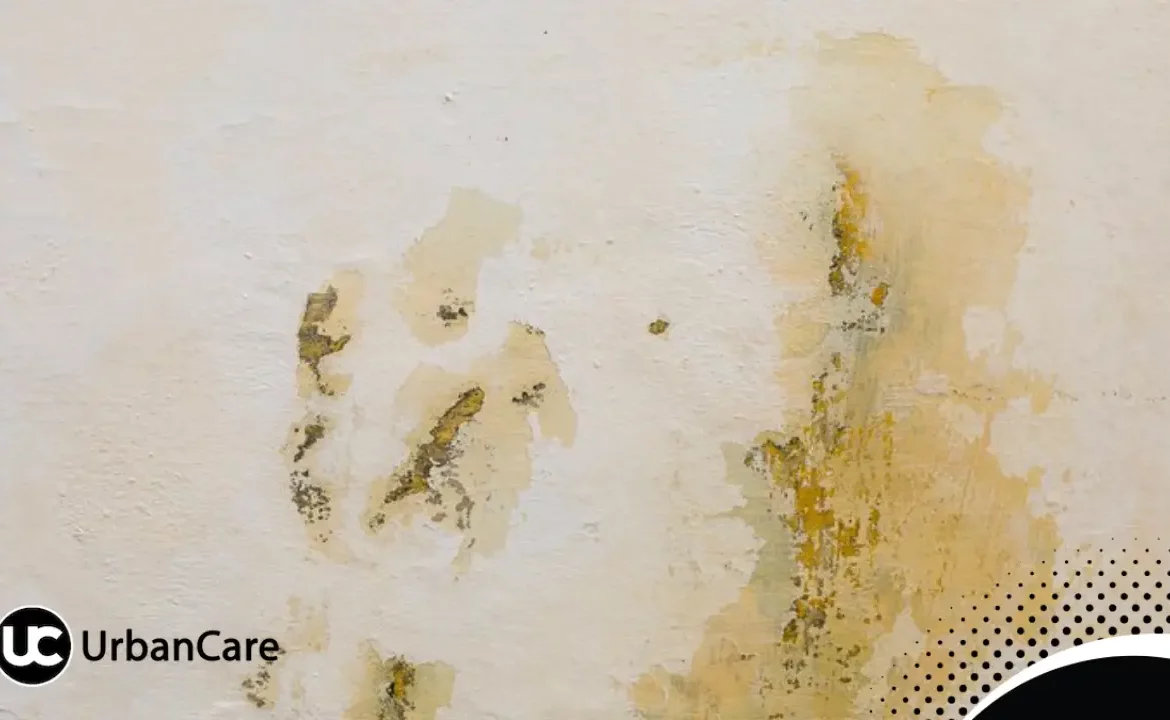Your exterior finishes can suffer greatly over the winter months. Moss, mould, lichen, filth, and moisture can ruin your beloved home and make your once-calm outside spaces uninviting places to spend time in.
Moreover, Resene has made it simple with its selection of outdoor cleaning products, which are built with Kiwi homes in mind, even though it may initially appear like a more difficult duty to do than those kitchen drawers.

Before discussing the effects of Resene Moss & Mould Killer, let us know what signs indicate mould growth:
There are a variety of moss and mould that can infect your home which are listed below:
- Visible mould: they appear in black, brown or yellow in colour mould.
- Mustry smell
- Flakes over the soft drywall
- Dampness.
Steps Involved in the Removal of Mould:
Mould removal from within walls consists of four steps: removing mouldy drywall and other materials, killing mould, encapsulating remaining mould, and reconstructing the wall with insulation, and other needed materials.
Step 1: Removal and disposal: The mouldy wall and plaster must be eliminated. Nothing can be reused.
Step 2: To kill mould, spray it with a liquid biocide. Alternatively, long-term exposure to both air and light will kill the mould. Do not use common bleach at home.
Step 3: Cover the mould with a fungicidal mould encapsulation. Choose a coating with the active component calcium hydroxide. Do not use regular household paint.
Step 4: Rebuild: The region must be reconstructed using new building materials. Exterior walls receive new insulation. The drywall is hung and then painted. Mould-resistant drywall is an option for locations with recurrent mould.
What are the Useful Effects of Resene Moss and Mold Killer?
Patches of mould forming on the walls or ceiling frequently occur in any region of the home with excessive moisture levels. Mould can lurk in a variety of areas in a home, but when it comes to walls, it is most commonly discovered high up on the roof, on the floor, or spreading along the outer edges of trimmings or baseboards. The subject of how to remove mould from walls is widespread among folks who have unattractive patches in the restroom or somewhere in the house.
Prevents the exterior and interior of the house from further infections.
The application stays mixed with the paint you coat on the wall for a longer period. Thus, further infection is prevented in future. They also act as shields avoiding moisture.
Prevent health problems caused by Mould:
The immune system can be affected by damp circumstances and the growth of black mould. Moulds produce allergens that can irritate. Some moulds even produce hazardous chemicals. Some persons are more sensitive to mould allergens
Thus, a mould remover can reduce the health risks associated with mould.

What are Down Fall of the usage of the Resene Mold Remover?
Even after cleaning, the mould remains visible:
Mould might be difficult to remove entirely. However, as soon as the mould has been effectively cleaned, it is unnecessary to remove all visible mould from the interior of the walls. The exterior walls will ultimately be covered up with drywall. Furthermore, the encapsulating layer will conceal much of the obvious mould.
Chemicals are not preferable.
Mould can be killed naturally or with harsh chemicals; it simply takes longer. Mould can be killed by ventilation and light alone. For this strategy to work, you must leave the wall open for an extended time.
Conclusion:
Now, you may wonder when to call an expert. If your wall suffers from the extensive spread of infection, when the winter is severe, when you are unable to identify the source of dampness contact an expert from Urban Care.

A Family Manager and an enthusiastic writer, I thrive in producing interesting content that connects with people who read it. Meenakshi is constantly eager to take on novel tasks, whether writing blog pieces or creating a healthy environment at home. She is ready to share useful insights and practical advice for keeping a clean and organised house.
